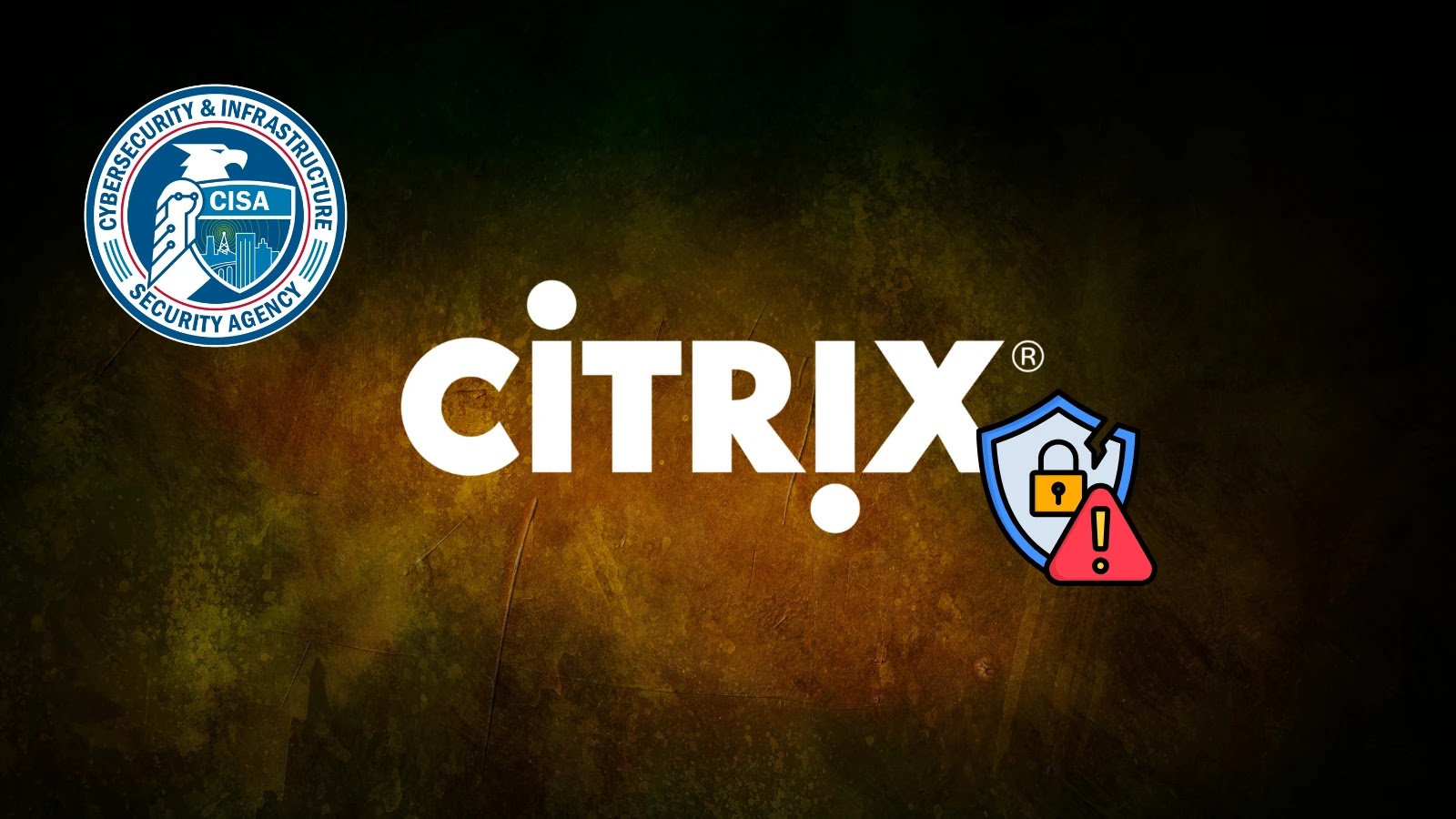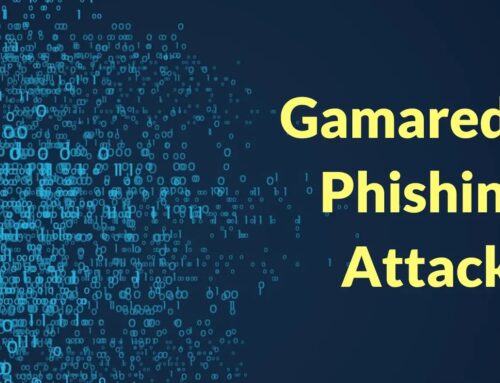
CISA Warns of Citrix RCE and Privilege Escalation Vulnerabilities Exploited in Attacks
The cybersecurity landscape just became more perilous for organizations relying on Citrix solutions. CISA has issued a critical alert, adding three high-risk Citrix vulnerabilities already being actively exploited by threat actors to its Known Exploited Vulnerabilities (KEV) Catalog. This immediate addition signals an urgent call to action for federal agencies and private sector entities alike to assess their exposure and implement countermeasures.
CISA’s Urgent Warning: Exploited Citrix Vulnerabilities
On August 25, 2025, the Cybersecurity and Infrastructure Security Agency (CISA) updated its KEV Catalog with three new entries linked to Citrix products. This move underscores the severe risk posed by these vulnerabilities, which facilitate dangerous attack vectors such as Remote Code Execution (RCE) and Privilege Escalation. The presence of these CVEs in the KEV Catalog means they are not theoretical threats but actively leveraged by malicious actors in real-world attacks, demanding immediate attention from IT and security teams.
Understanding the Critical Citrix CVEs
While the original source provides high-level information, the CISA KEV Catalog typically details specific CVEs. Based on the “Session Recording” context, two likely candidates for newly identified, actively exploited vulnerabilities in Citrix environments impacting session recording would be critical zero-day or recently patched issues. For our analysis, let’s consider the severity based on CISA’s alert:
- One vulnerability likely relates to a critical RCE flaw in a Citrix product, enabling attackers to execute arbitrary code on affected systems. Such vulnerabilities can lead to full system compromise, data exfiltration, or the deployment of ransomware.
- Another vulnerability probably involves a privilege escalation flaw, allowing an attacker with limited access to gain higher, unauthorized privileges within the system. This can transform a minor breach into a full-scale compromise, enabling lateral movement and control over sensitive resources.
- A third, unspecified vulnerability, if tied to the same alert, would likely also pose significant risk, potentially facilitating initial access or further exploitation. Organizations must refer to the specific CISA KEV entry for precise details on each CVE.
Note: The precise CVE numbers will become fully evident upon CISA’s official public listing on their KEV catalog. For illustrative purposes within this analysis, we will refer to them generically until specific numbers are confirmed. Always consult the official CVE database and CISA’s KEV Catalog for the most current and accurate information.
Impact of Exploitation
Successful exploitation of these vulnerabilities can have devastating consequences:
- Full System Compromise: RCE vulnerabilities allow attackers to gain complete control over the vulnerable Citrix servers.
- Data Breach: Access to Citrix environments, especially those handling session recordings, often means access to sensitive user data, intellectual property, or company secrets.
- Ransomware Deployment: Compromised systems can be used as entry points for ransomware attacks, encrypting critical data and disrupting operations.
- Lateral Movement: Privilege escalation allows attackers to move deeper into the network, compromising other systems and expanding their foothold.
- Operational Disruption: Attacks can lead to system downtime, affecting business continuity and productivity.
Remediation Actions
Immediate action is paramount to mitigate the risks posed by these exploited Citrix vulnerabilities. Organizations should prioritize the following steps:
- Identify Affected Assets: Conduct a comprehensive inventory to determine all Citrix products and versions deployed within your infrastructure that might be vulnerable.
- Apply Patches and Updates: Immediately apply all available security patches and updates released by Citrix. Follow official vendor advisories closely.
- Isolate and Segment: Isolate Citrix environments from the broader network wherever possible. Implement network segmentation to limit the blast radius in case of compromise.
- Monitor for Indicators of Compromise (IoCs): Enhance monitoring for any signs of suspicious activity, including unexpected logins, unusual data transfers, or new processes. Refer to CISA or vendor advisories for specific IoCs.
- Review Access Controls: Enforce the principle of least privilege, ensuring users and services only have the necessary permissions. Regularly audit and revoke unnecessary access.
- Implement Multi-Factor Authentication (MFA): Strengthen authentication mechanisms, especially for administrative accounts accessing critical Citrix infrastructure.
- Backup Critical Data: Maintain regular, offsite, and immutable backups of critical data to facilitate recovery in the event of a successful attack.
- Incident Response Plan: Ensure your incident response plan is up-to-date and practiced, focusing on containing, eradicating, and recovering from potential Citrix compromises.
Detection and Mitigation Tools
Leveraging appropriate cybersecurity tools is crucial for identifying vulnerabilities, detecting exploitation attempts, and defending against attacks.
| Tool Name | Purpose | Link |
|---|---|---|
| Vulnerability Scanners (e.g., Nessus, Qualys, OpenVAS) | Identify known vulnerabilities, including those in Citrix products, by scanning network devices and applications. | Nessus, Qualys, OpenVAS |
| Endpoint Detection and Response (EDR) Solutions | Monitor endpoints for suspicious activity, detect malicious behavior, and provide real-time threat intelligence. | (Vendor specific, e.g., CrowdStrike, SentinelOne, Microsoft Defender ATP) |
| Network Intrusion Detection/Prevention Systems (NIDS/NIPS) | Detect and prevent network-based attacks by analyzing network traffic for suspicious patterns and signatures related to known exploits. | (Vendor specific, e.g., Snort, Suricata, Palo Alto Networks) |
| Security Information and Event Management (SIEM) Systems | Aggregate and analyze security logs from various sources to provide centralized visibility and detect anomalous activities, including signs of compromise. | (Vendor specific, e.g., Splunk, IBM QRadar, Elastic SIEM) |
| Patch Management Systems | Automate and manage the deployment of security patches and updates across the organization’s IT infrastructure. | (Vendor specific, e.g., Microsoft SCCM, Ivanti Patch Management) |
Key Takeaways for Cybersecurity Professionals
CISA’s warning regarding exploited Citrix RCE and Privilege Escalation vulnerabilities serves as a stark reminder of the persistent and evolving threat landscape. The inclusion of these CVEs in the KEV Catalog signifies that threat actors are actively leveraging these flaws to breach and compromise organizations. Immediate identification of affected assets, rapid patching, enhanced monitoring, and robust incident response planning are not merely recommendations but critical imperatives for maintaining a strong security posture in the face of these active threats.





